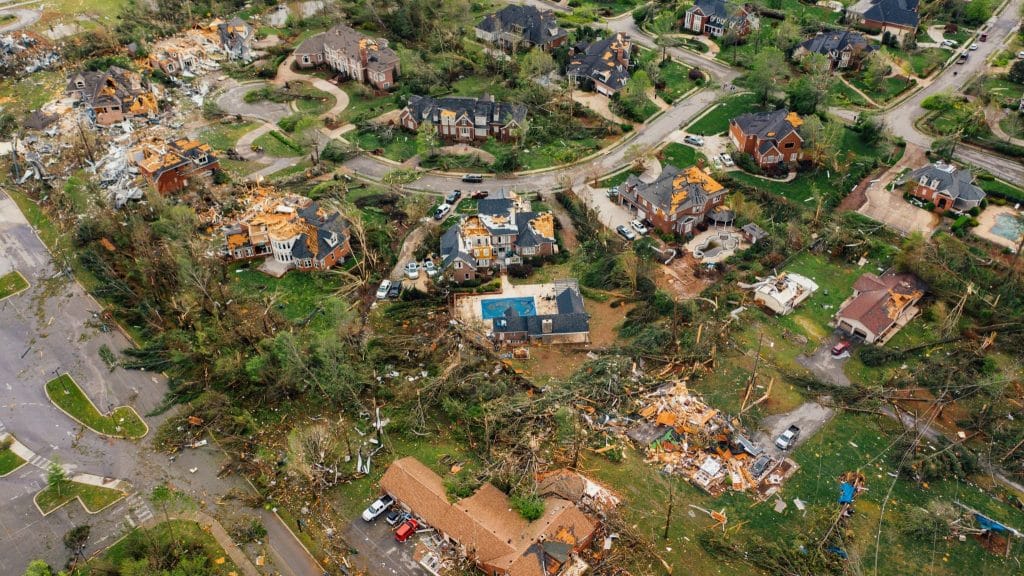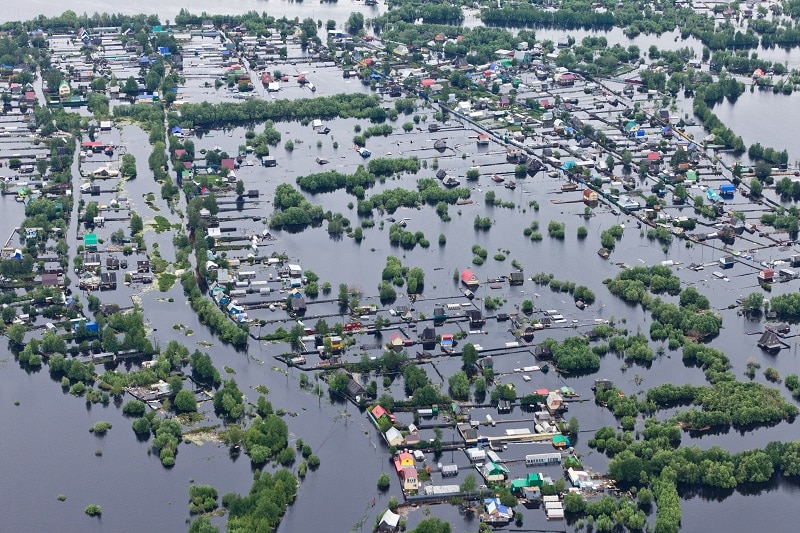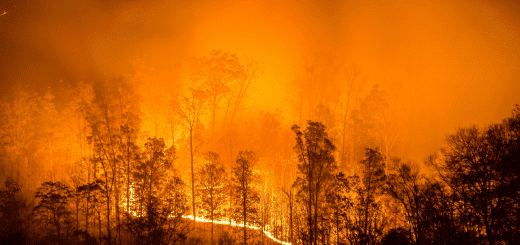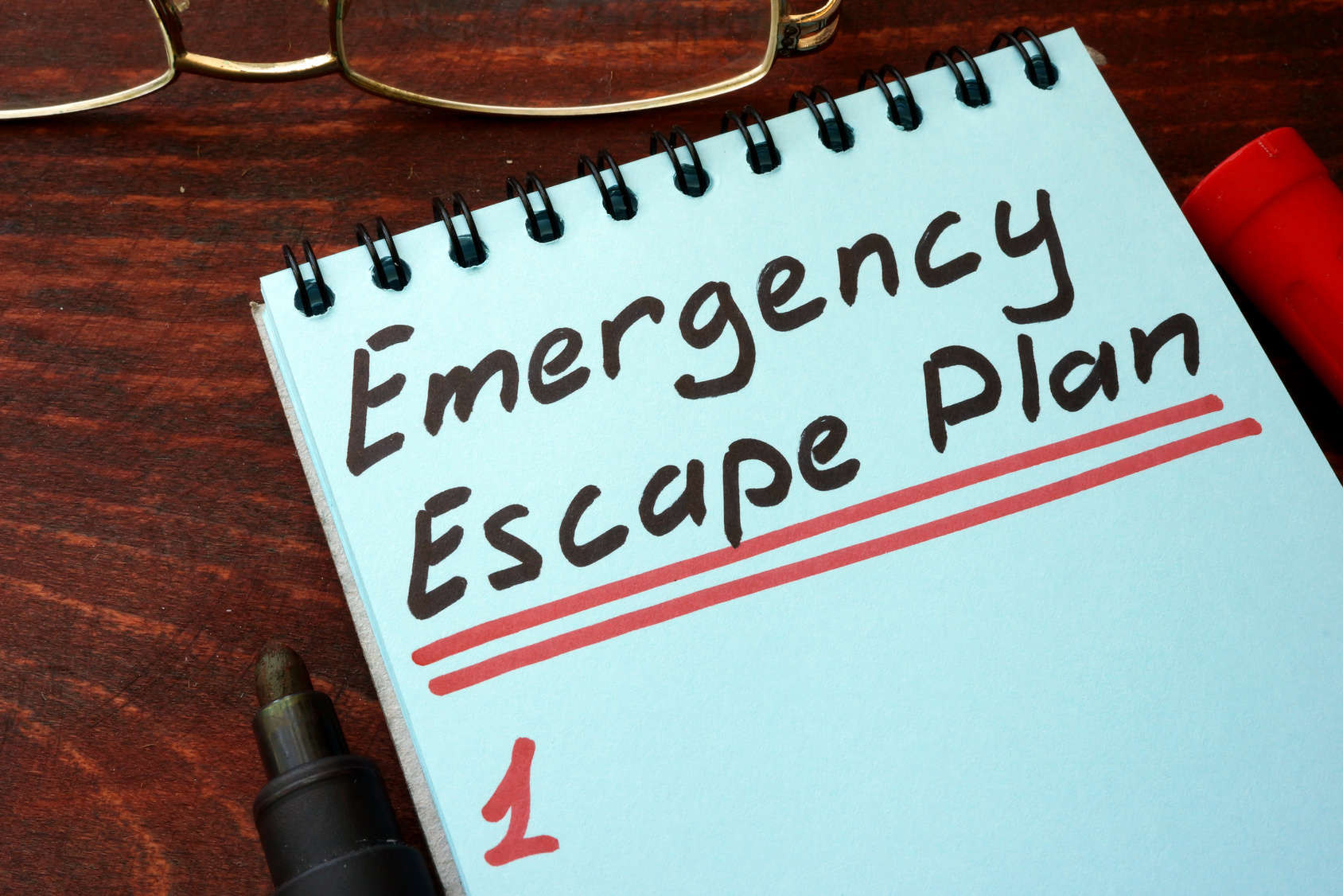7 Tips For Your Home To Be Disaster Ready
Time and time again, it has been proven that disasters are inevitable. At some point in life, homeowners and landlords have to deal with typhoons, floods, earthquakes, blizzards, and other natural calamities. These fortuitous events are the ultimate test of what you want out of your living spaces – a safe, sturdy, and comfortable home to shelter you.

The best way to defend yourself against these calamities is to be prepared. Disaster preparednessPreparedness is the state of being ready to respond to emerg... More has many different forms, from learning which disasters you must be on the lookout for to making an emergency plan, you have to ensure that you take measures that will fit your needs and that these plans are put into action. To improve your home’s safety, you have to make long-term improvements. It is worth prioritizing these safety measures to mitigateTo mitigate is to reduce or limit the severity of damage, ri... More massive damage and protect your life and life’s worth of investments: your home and your assets.
While disaster preparednessPreparedness is the state of being ready to respond to emerg... More may seem like a tedious task, it can be easy if you have action steps laid out. With the right planning, you and your family can be prepared and remain safe during inclement weather. After all, you want to make sure you have a habitable property.
With these tips, you’ll get to make a home disaster-ready.
1. Know what disasters are most likely to happen in your area
Each disaster requires distinct preparednessPreparedness is the state of being ready to respond to emerg... More. Find out which disasters are most likely to happen in your town and state so you can plan accordingly. Whether it is hurricanes, wildfires, or other disasters, it is important to know exactly what to expect. Know where to get reliable sources and always be in the loop about news reports regarding the weather and upcoming storms so you can be ready when it arrives.

When you have basic information about the types of disasters you might encounter, have a sit down with the people you are living with or communicate it with your landlord so you can make arrangements once it happens. Also, make sure you have emergency hotlines of your town and know where the designated evacuations are.
2. Conduct an annual house inspection
This preparednessPreparedness is the state of being ready to respond to emerg... More tip should be done at least once a year. Inspect every area of your house including roofs and foundations. When it comes to tackling roof repairs, consider replacing your roof with light, earthquake-resilient, and typhoon-resilient ones instead of heavy bricks or terracotta. The lighter the roof the less weight it requires your home’s foundation to support thus decreasing the probability of collapsing. Clear the debris that accumulated in your roof drainage system. Ensure that these gutters are not clogged as it catches the water pouring on your roof and directs it away from your house.
Check if any structures need repairRepair is the act of fixing or restoring damaged property, m... More or reconstruction. Look for damages and repairRepair is the act of fixing or restoring damaged property, m... More them as soon as possible. Anything faulty in your home will break and cause more damage during a disaster. You can fortify your home’s structural weak points by choosing the right materials when building or renovating.
3. Make your house earthquake ready
Earthquakes are one of the most destructive calamities that can happen. Unlike typhoons, earthquakes are unpredictable hence every household and rental property should take precautionary measures for it.
Keep the foundations of the house in their best condition. When tacking windows, you can apply safety film on its glass to hold them together in case it breaks. You can replace large glass windows with tempered or laminated glass for more protection if you have a budget.
Making the interior of your home earthquake-proof is also just as important as strengthening its structureStructure refers to the framework or components of a buildin... More. Not only will this help you store your things safely, but it will also reduce the risk of injuries in your home. Ensure hanging items like mirrors, frames, and televisions are securely mounted on walls. Install locks or latches on cabinet windows and drawers to prevent accidental opening which can cause objects to fall. Anchor bulky furniture such as bookshelves and dressers to the wall. Stick decorative pieces, computers, small appliances on desks and countertops using reusable adhesives.
4. Prepare for flooding
If your house is located in an area that is more susceptible to flooding, you can have your house elevated or build a sturdy flood wall around it. While this option is expensive, raising your house will substantially protect your home from any damage caused by floodwater. To better protect your house, you can install a flood control system and apply sealants to any crack to the foundation, walls, and windows to prevent water from seeping in. It is also crucial to elevate your electrical outlets, switches, and circuit breakers to avoid electrical damage in case of a flood.

5. Maintain the trees around your house
Trees help clean air in your surroundings and help prevent floodingFlooding is the overflow or accumulation of water in areas t... More by absorbing water and keeping the soil in place. While there are benefits of having foliage around your house, it is important to keep them properly trimmed. If there’s an upcoming typhoon, trimming your trees will make them more wind resistant. If your trees are close to power lines, keep the branches away from having to contact the electric lines. This will prevent fire from occurring if a branch touches an open wire.
6. Create an emergency plan for your household
Realistically speaking, everyone needs to prepare for any kind of disaster. Create a family emergency plan as well as means of communication on how to keep in contact with each other. Make sure all the members of the family have a copy of emergency hotlines in your locality. You should make a plan with detailed instructions for each kind of disaster.
Do not forget to maintain a survival kit for each member of the household with basic supplies such as water, a first-aid kit, non-perishable and canned food, and spare clothes that will last for a couple of days. Having these essentials to be able to get by should a disaster happen is an important thing. Flashlights and battery-powered radio are also a must.
7. Ensure insurance coverage
A big part of preparing a house for disasters is securing insurance coverage. Make sure to account and review your insurance policy with your agent to certify that you have the right coverage for the risks in your locality. Also establish the process on how to file a claim with your agent. Consider taking a video or a picture of your belongings once you settle in a house or an apartment. This can be used for reference when filing a claim.
 Disaster Restoration
Disaster Restoration
RestorationMaster local restorationRestoration is the process of returning a property to its pr... More companies offer full disaster restoration service from initial event response to final closure of a project and are certified in all facets of commercial and residential restorationRestoration is the process of returning a property to its pr... More. Contact one of our partners if you need professional disaster restorationRestoration is the process of returning a property to its pr... More services.













